Thematic Storytelling Through AI Image Generation: Crafting Visual Narratives
Thematic Storytelling Through AI Image Generation: Crafting Visual Narratives
One of the most exciting applications of AI image generation is its ability to bring abstract concepts, ideas, and stories to life visually. A unique approach to using prompts is to create thematic storytelling through sequences of AI-generated images. This involves designing prompts that act as building blocks for visual narratives, where each generated image represents a chapter or moment in the story.
This method allows users to push the boundaries of AI art by blending creative writing with visual art. It can be used for storytelling, marketing campaigns, creative projects, educational purposes, or simply as a form of artistic expression. In this guide, we’ll explore how to execute thematic storytelling using prompts effectively.
Step 1: Define the Purpose of Your Story
Before crafting prompts, it's essential to understand the purpose of your story. Are you creating an illustrated short story, a visual marketing campaign, or a sequence for educational content? The purpose will dictate the tone, style, and level of detail in your prompts.
Illustrated Short Story: Create a fictional narrative where each prompt describes a key scene. For example, an adventurous tale, a sci-fi journey, or a romantic drama.
Marketing Campaign: Design a cohesive series of images that highlight the core values, products, or services of a brand while telling a compelling story.
Educational Content: Use AI-generated visuals to depict historical events, scientific processes, or cultural traditions in an engaging way.
Step 2: Develop the Narrative Framework
Craft a clear framework for your story. This includes defining the setting, characters, key events, and the mood or tone.
Example: Thematic Framework for a Fantasy Tale
Title: The Lost Kingdom of Lumina
Setting: A magical land filled with glowing crystal forests, ancient ruins, and floating islands.
Characters:
A courageous explorer searching for the legendary lost kingdom.
A guardian spirit who aids the explorer.
A mysterious antagonist controlling the forces of darkness.
Key Events:
The explorer sets out on a journey.
Encounters the guardian spirit in a crystal forest.
Battles dark forces in an ancient ruin.
Discovers the lost kingdom.
Confronts the antagonist in a climactic showdown.
Mood/Tone: Mystical, adventurous, and cinematic.
Step 3: Craft Specific Prompts
Prompts are the backbone of AI image generation. For thematic storytelling, they should be detailed, vivid, and written to guide the AI toward producing images that align with the narrative.
Crafting Prompts:
Each prompt should focus on:
The Scene: Where the story takes place.
The Atmosphere: The emotions, colors, and lighting.
Key Elements: Characters, objects, or actions central to the scene.
Style: The artistic style or medium (e.g., watercolor, cinematic, surreal, etc.).
Example Prompts for The Lost Kingdom of Lumina:
Scene 1 - The Explorer Begins Their Journey
"A lone adventurer walking through a vast desert at sunrise, their silhouette highlighted by golden rays of light. They carry a glowing map, its magical light casting a soft blue hue. The sky is painted in shades of orange and pink, with faint outlines of mountains in the distance. The atmosphere is hopeful and serene, evoking a sense of new beginnings. Rendered in a cinematic style with intricate details."
Scene 2 - Encounter in the Crystal Forest
"A mystical forest of glowing crystal trees, their branches shimmering in soft blue and purple light. A glowing guardian spirit, resembling a humanoid figure made of light, hovers near the adventurer, guiding them deeper into the forest. The ground is covered in reflective crystal fragments, and the air sparkles with magical energy. The scene feels otherworldly and enchanting, with soft, diffused lighting."
Scene 3 - Battle in the Ancient Ruin
"A dark, ancient ruin overgrown with vines and glowing mushrooms. The adventurer stands in the center, wielding a glowing sword, as shadowy creatures with glowing red eyes surround them. The light from the sword illuminates the intricate carvings on the walls. The atmosphere is tense and dramatic, with a stark contrast between light and shadow. Rendered in a vivid, cinematic style."
Scene 4 - Discovery of the Lost Kingdom
"A breathtaking view of the lost kingdom of Lumina, a city built on floating islands surrounded by waterfalls and glowing crystal spires. The kingdom glows with an ethereal light, and the sky is filled with stars and auroras. The adventurer stands at the edge of a cliff, overlooking the kingdom with awe. The mood is triumphant and magical, with a surreal and dreamlike quality."
Scene 5 - The Final Showdown
"A climactic battle atop the tallest spire in Lumina, surrounded by swirling clouds and lightning. The adventurer faces a shadowy figure cloaked in darkness, their glowing sword clashing with the antagonist’s dark energy. The scene is dynamic and intense, with dramatic lighting and bold, vivid colors. Rendered in a high fantasy, cinematic style."
Step 4: Experiment and Refine
AI-generated images often require experimentation and refinement. Here are some tips for fine-tuning your prompts:
Iterative Refinement: Start with a general prompt and refine it based on the generated results. Adjust details such as colors, lighting, composition, or character appearance.
Add Descriptive Keywords: Use specific adjectives and descriptors to guide the AI. For example, “vivid,” “ethereal,” “cinematic,” “highly detailed,” or “dynamic.”
Incorporate Styles or Movements: Reference artistic styles (e.g., “watercolor,” “Baroque,” “impressionist”) or famous visual elements (e.g., “Studio Ghibli-inspired,” “cyberpunk aesthetic”) to achieve a unique look.
Focus on Cohesion: Ensure that the generated images share a consistent style and tone to maintain visual cohesion throughout the story.
Step 5: Arrange Images in a Narrative Sequence
Once you have generated images for each scene, arrange them in a sequence to tell the story. You can use presentation software, create a digital slideshow, or design a webpage that allows viewers to scroll through the narrative.
For each image, include a short caption or piece of text that complements the visuals and helps convey the story. For example:
Scene 1 Caption: "At the break of dawn, the explorer begins their journey into the unknown, guided by the glowing map that holds the key to the lost kingdom."
Scene 2 Caption: "In the heart of the crystal forest, the adventurer meets the guardian spirit, who reveals the path to Lumina."
Step 6: Use Generated Images Creatively
Here are some unique ways to use your AI-generated thematic storytelling:
Digital Storybooks: Compile the images and captions into a digital storybook for readers to explore.
Social Media Campaigns: Post each image and caption as part of a serialized storytelling campaign.
Interactive Experiences: Create an interactive webpage where users can navigate through the story by clicking on images or scrolling.
Printed Artbooks: Print the images and captions as a physical artbook or zine.
Videos: Turn the images into a short-animated video with accompanying narration or music.
Step 7: Evaluate and Share
After completing your thematic storytelling project, take the time to evaluate its impact. Share your project with friends, colleagues, or online communities to gather feedback. Consider what worked well and what could be improved for future projects.
Engagement Metrics: If shared online, track likes, comments, shares, and other engagement metrics to gauge audience response.
Creative Insights: Reflect on how the AI image generation process enhanced your storytelling. Did the visuals inspire new ideas or directions?
Benefits of Thematic Storytelling with AI Prompts
Creative Freedom: AI allows for limitless possibilities in visualizing imaginative worlds and characters.
Cost-Effective: Compared to hiring illustrators or photographers, AI-generated images are a budget-friendly option for visual storytelling.
Fast Iteration: AI enables rapid experimentation and refinement of visuals, allowing creators to bring ideas to life quickly.
Accessible for All: This approach is accessible to individuals without traditional art or design skills, empowering more people to create.
Thematic storytelling through AI image generation is a powerful way to blend the art of storytelling with cutting-edge technology. By crafting detailed prompts, experimenting with styles, and arranging visuals into cohesive narratives, creators can produce unique and engaging content for a wide range of purposes.
Whether you’re an artist, writer, marketer, or educator, this approach opens up new possibilities for creative expression and storytelling. Dive into the world of AI-generated imagery, and let your imagination guide you to create visual narratives that captivate and inspire.


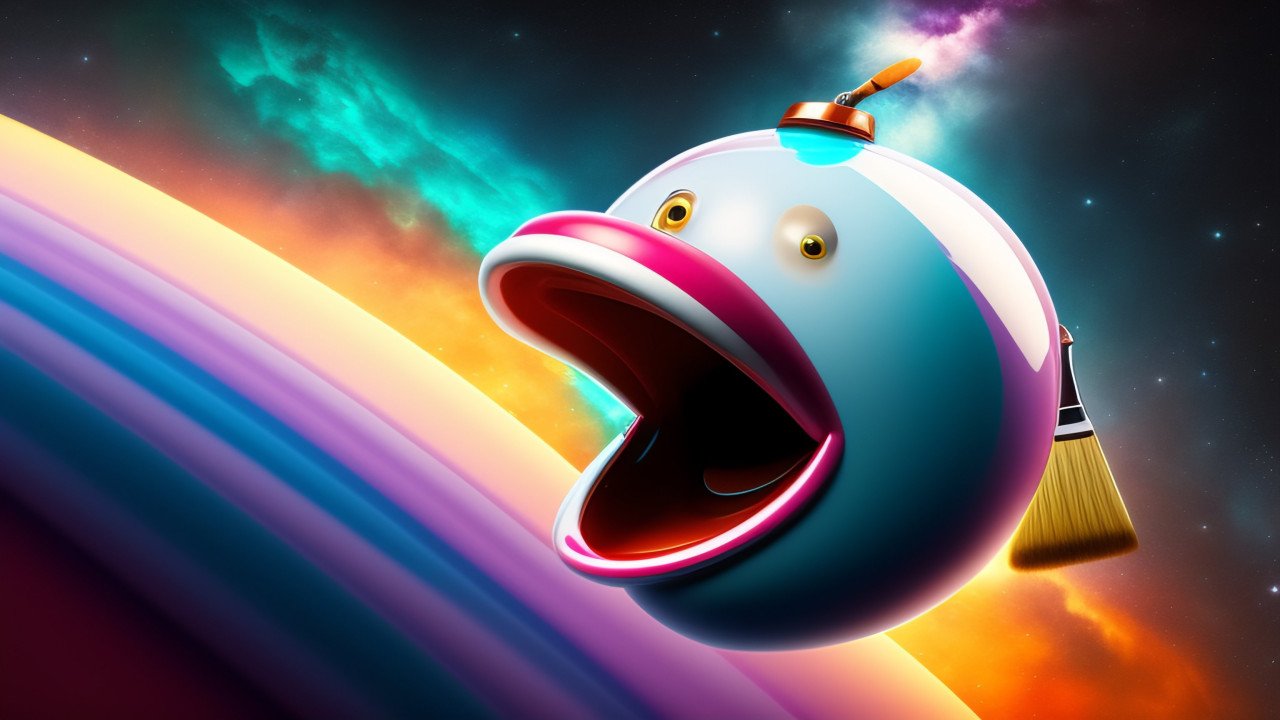
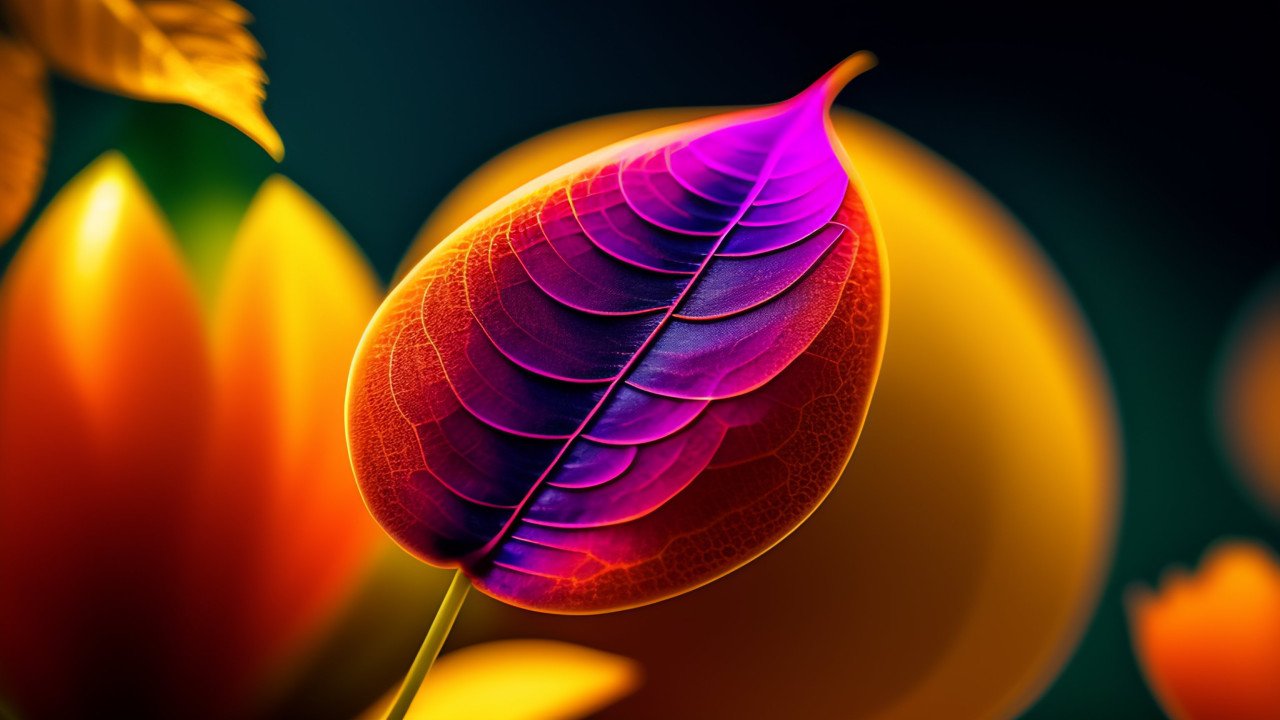


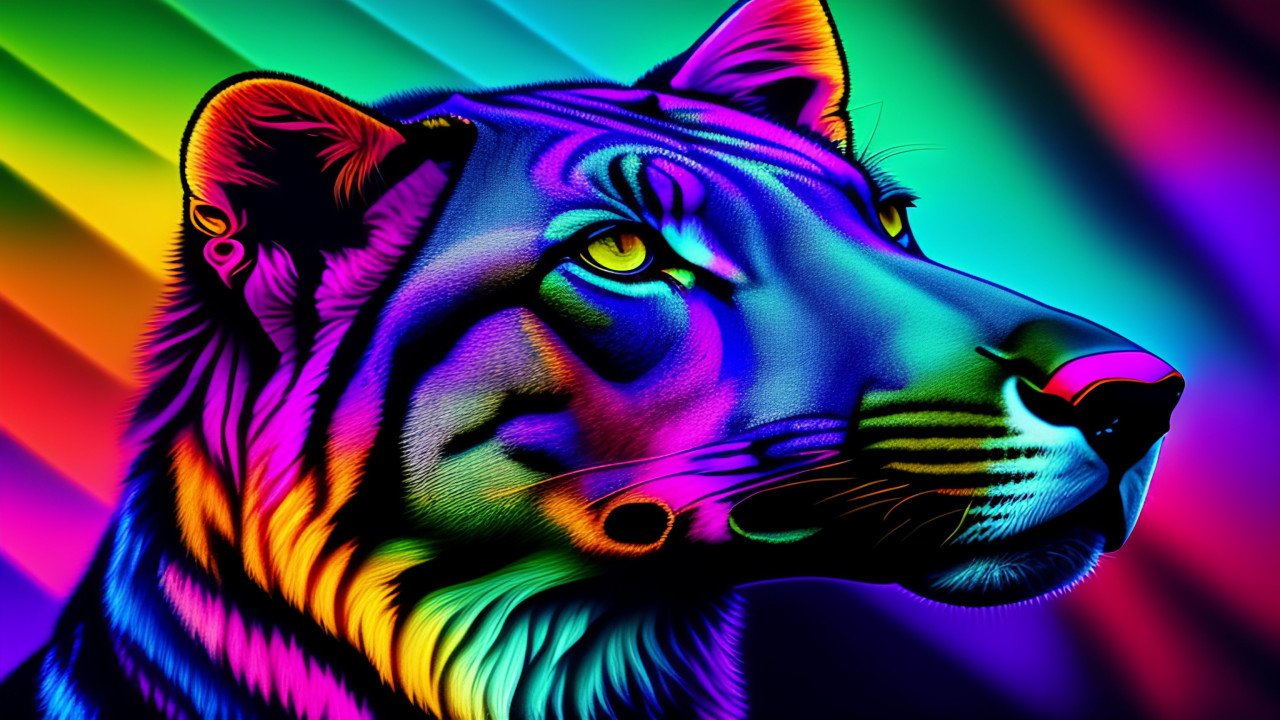
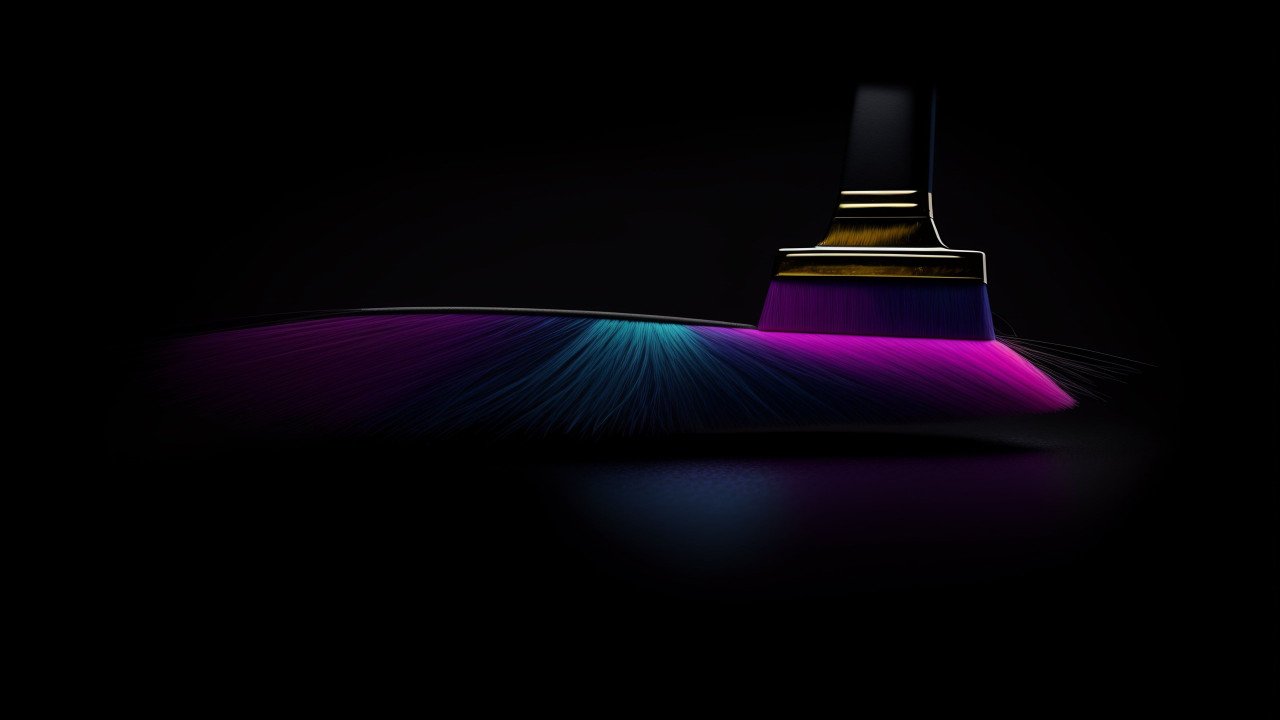

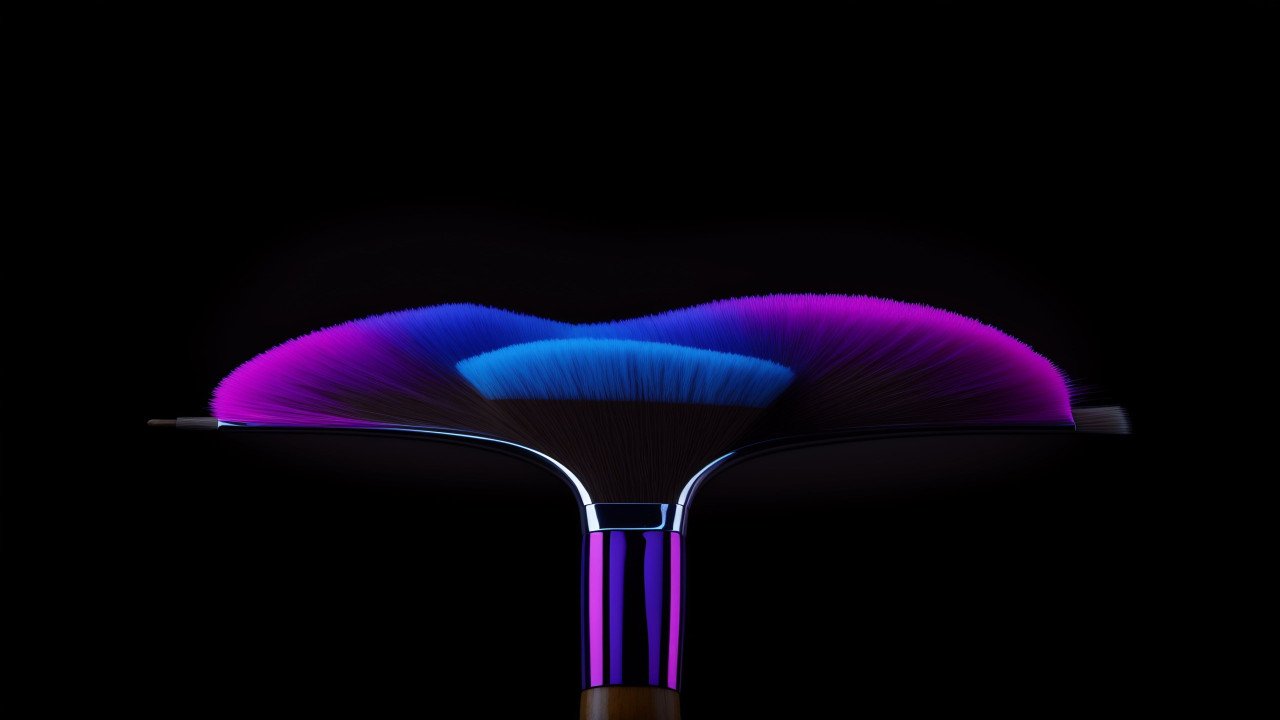
Comments (0)
No comments found